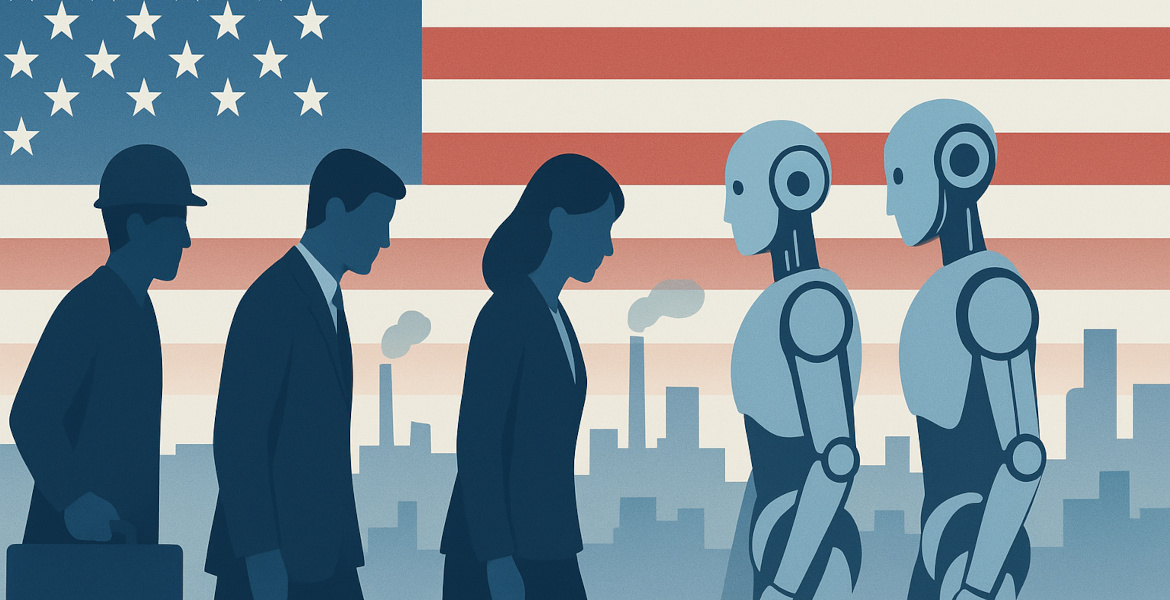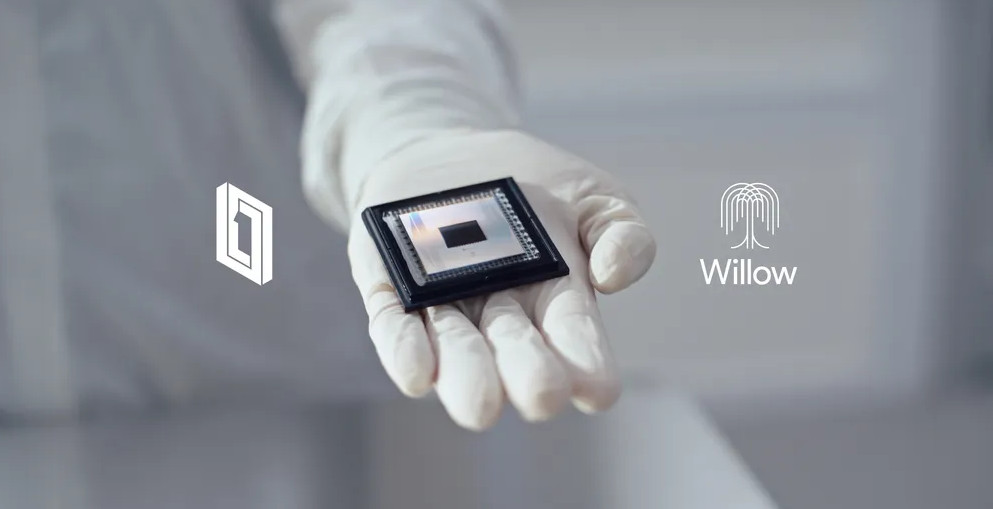Elon Musk's AI company xAI has launched Grok-2 and Grok-2 mini, two new models of its Grok chatbot, offering upgraded performance and new image generation capabilities. Grok's text-based image creator is powered by Black Forest Labs' Flux 1 AI model and allows users to create and publish images directly on the X platform, with few restrictions to prevent abuse.
xAI writes that both models are available in beta on X (where access to Grok is currently limited to Premium and Premium Plus users) and that the models will be available through the company's API later this month.
7. google street view shot | city streets | aliens carrying out daily tasks | rainy day pic.twitter.com/zDPKAIo0OX
— TechHalla (@techhalla) August 15, 2024
What's new with Grok-2?
Grok-2 integrates Black Forest Labs' Flux.1 model, allowing users to generate high-quality, realistic images with simple text input. This has already led to users testing the limits of the system, including creating controversial images of public figures.
The updated model has been shown to outperform several competing models on leading third-party benchmarks, including in math, coding, and general knowledge.
Grok 2.0 .... Ohh boyyyy pic.twitter.com/TjzB7WMhVp
— Benjamin De Kraker ☠️ (@BenjaminDEKR) August 14, 2024
For now, access is limited to Premium and Premium Plus users on X, but there are plans to make Grok-2 available via the xAI API.
What are users saying?
Users on X have already begun experimenting with Grok-2's image generation capabilities, with reports that the results are impressively realistic and detailed. However, there are concerns about a lack of restrictions, especially in view of upcoming elections, which could lead to increased spread of disinformation.
Unbelievable photographs coming out of N. Korea today pic.twitter.com/DgVohFm15n
— Philbert Leonard Downs (@PhilbertLDowns) August 14, 2024
Grok-2's launch marks a new era for AI on social media, with powerful image generation tools that can both inspire creativity and raise concerns about misuse. xAI has sparked a discussion about whether the world is ready for such freedom in AI-generated media.




